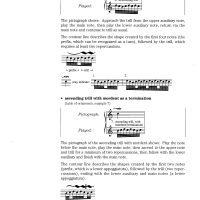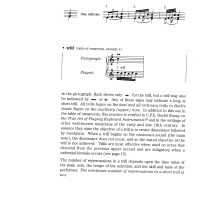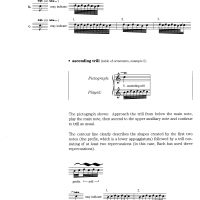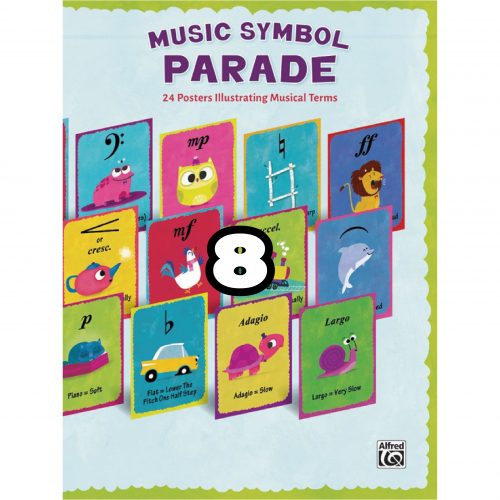樂譜選購
目錄中文翻譯請按此連結
| Chapter 1 — Answering Your Questions about Ornamentation | |
| What is ornamentation? | |
| When did the practice of ornamenting melody begin? | |
| Why does this book begin with the Baroque era? | |
| When did the Baroque era begin? | |
| What is an ornament? | |
| How does an ornament make music more expressive? | |
| How is an ornament written? | |
| What is the most basic ornament? | |
| How is the long appoggiatura written? | |
| How is the long appoggiatura performed? | |
| What are the other most common ornaments and how are they constructed? | |
| How has the trill been treated differently? | |
| What was the effect of having trills begin in two different ways? | |
| Is there a fundamental principle to follow in realizing an ornament? | |
| Is it necessary to understand the interrelationships of art, architecture and music to realize ornaments correctly? | |
| Summary | |
| Chapter 2 — An Overview of the Influence of Art and Architecture on the Development of Music | |
| What is the interrelationship among art, architecture and music in the Baroque era? | |
| How have art, architecture and music in the Classical era changed from that of the Baroque era? | |
| How have art, architecture and music in the Romantic era changed from that of the Classical era? | |
| How have art, architecture and music in the Contemporary era changed from that of the Romantic era? | |
| Chapter 3 — Ornamentation in the Baroque Era (1600–1750) | |
| Who was the most influential person on the subject of ornamentation in the Baroque era? | |
| Whose system for realizing Baroque ornaments is most commonly used today? | |
| What is the key to understanding the table of ornaments? | |
| What are the ornaments? | |
| long appoggiatura | |
| trill | |
| mordent | |
| trill and mordent | |
| ascending trill | |
| descending trill | |
| ascending trill with mordent as a termination | |
| descending trill with mordent as a termination | |
| appoggiatura and mordent | |
| appoggiatura and trill (table of ornaments, example 12) | |
| appoggiatura and trill (table of ornaments, example 13) | |
| turn | |
| other ornaments | |
| Does Bach give any instructions for applying the table of ornaments? | |
| Summary | |
| Chapter 4 — Ornamentation in the Classical Era (1750–1830) | |
| Who were the most influential persons on the subject of ornamentation in the Classical era? | |
| Did ornamentation in the Classical era differ from that of the Baroque era? | |
| How was the sign for the appoggiatura altered? | |
| How was the trill performed? | |
| What is the short appoggiatura? | |
| Summary | |
| Chapter 5 — Ornamentation in the Romantic Era (1830–1900) | |
| Who was the most influential person on the subject of ornamentation in the Romantic era? | |
| What happened as a result of Hummel’s proposals? | |
| How are ornaments realized in the Romantic era? | |
| acciaccatura | |
| turn | |
| the trill in the music of Beethoven, Chopin, Field, Schubert and Weber | |
| the trill in the music of Brahms, Grieg, Liszt, Mendelssohn and Schumann | |
| mordent | |
| Summary | |
| Chapter 6 — Ornamentation in the Contemporary Era (1900–present) | |
| Who is the most influential person on the subject of ornamentation in the present era? | |
| How are ornaments indicated? | |
| Chapter 7 — A Procedure for Realizing Ornaments and Strategies for Effective Practicing | |
| A Procedure for Realizing an Ornament | |
| Steps for Practicing Ornaments | |
| A Teaching Strategy for Integrating a Fioritura Smoothly into a Performance | |
| Summary | |
| Chapter 8 — Adding Ornamentation to Baroque Music | |
| Bibliography |
只有註冊並且購買過商品的顧客才能撰寫評價。








商品評價
目前沒有評價。